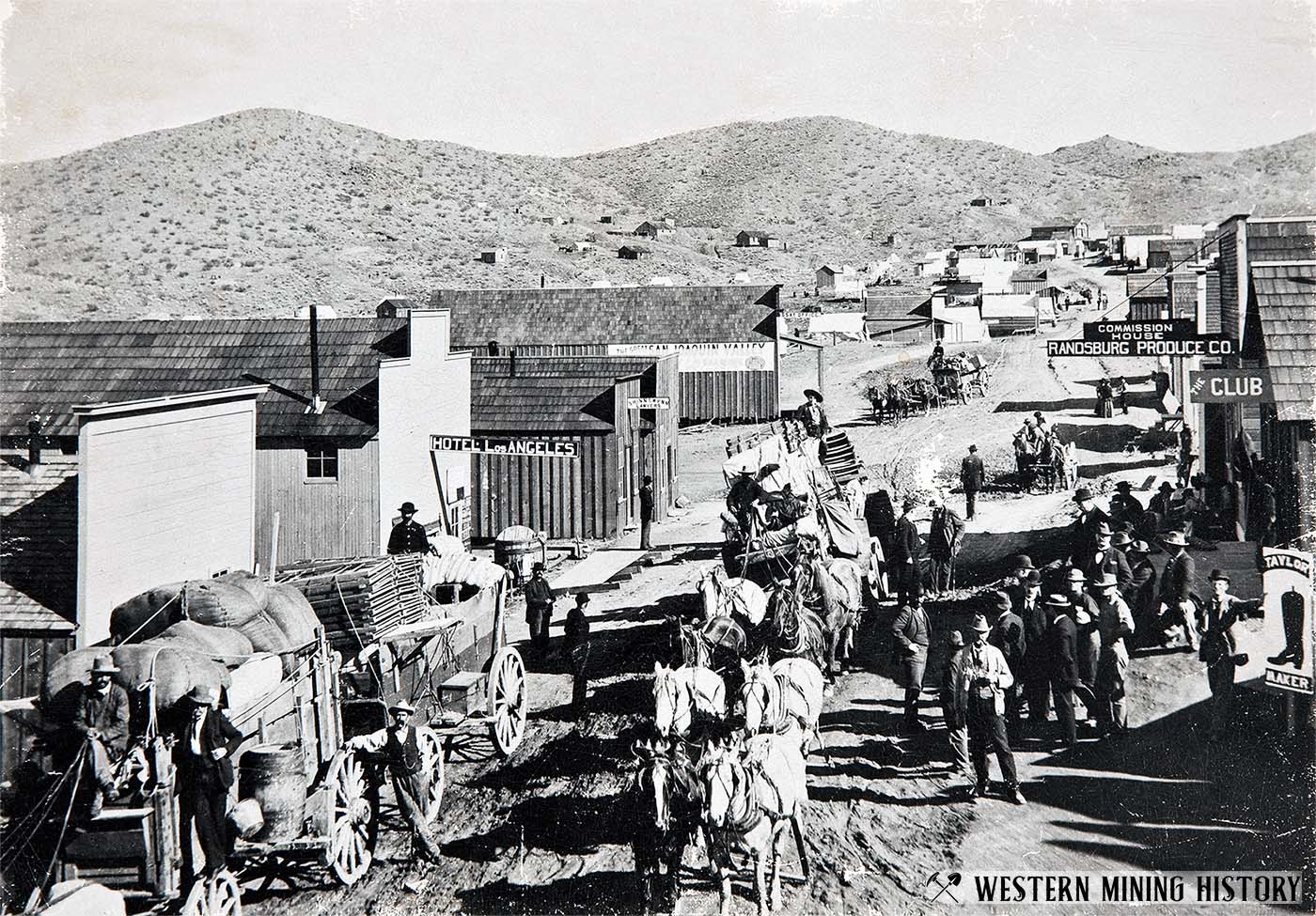Randsburg History
The Gold discoveries in and around the future town of Randsburg came at a time when much of the mining west was experiencing a depression. The district would go on to be Southern California's largest gold producer.
The first gold discovery was at Goler (between Red Rock Canyon and Randsburg) in 1893. This discovery drew many miners to the area and the surrounding hills were heavily prospected. In 1895 a party of prospectors found placer gold at the foot of Rand Mountain and soon traced the source of the gold to an outcropping near the top of the mountain. This discovery would become the fabulous Yellow Aster mine, and a minor rush to the new Rand district was on.
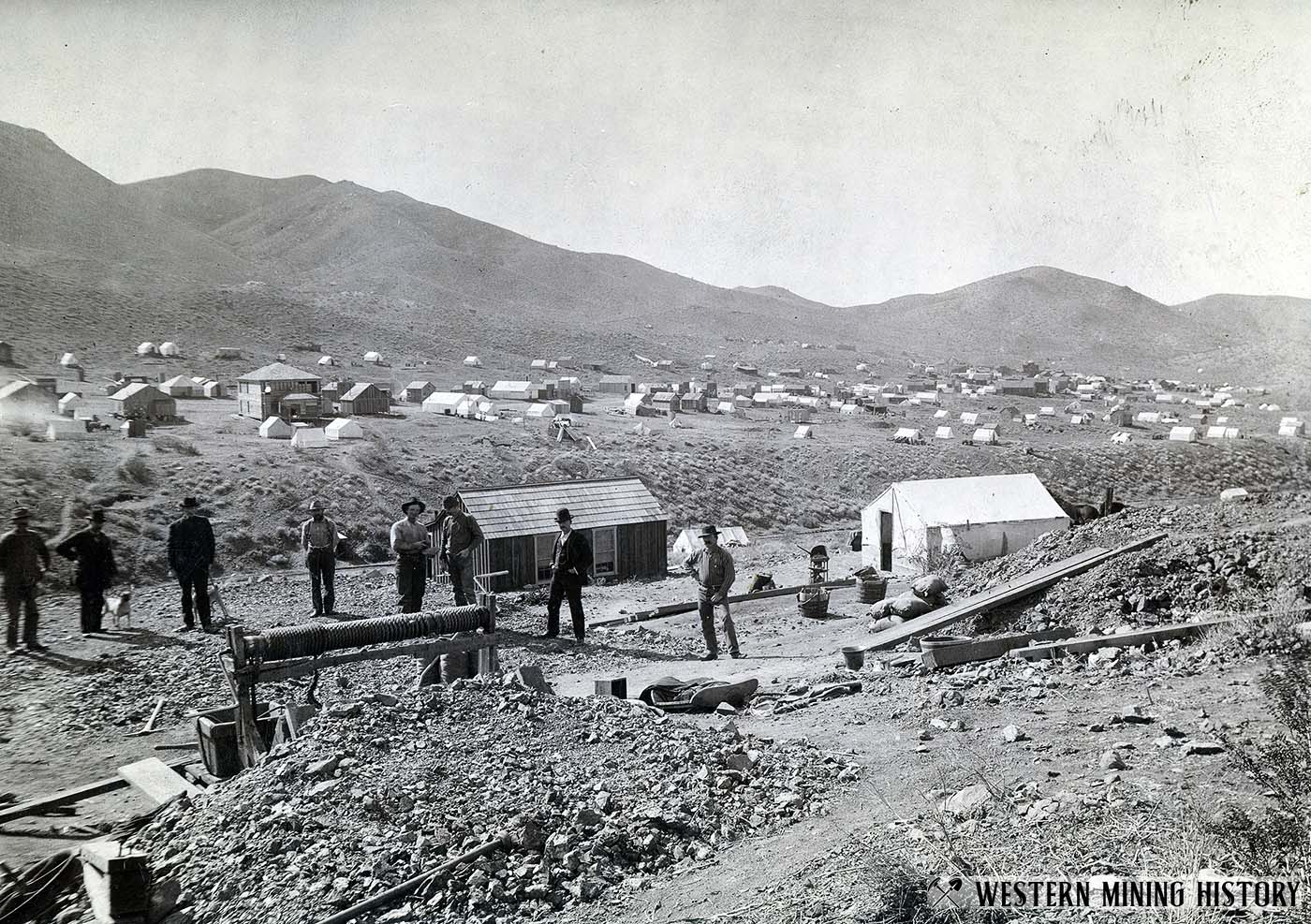
At the time of the discovery the nation was in the grip of a depression, and the miners that flocked to the new district had been struggling to survive in places like the Panamint Valley and Mojave Desert. These desert prospectors that converged at Randsburg comprised what was known as a "poor man's camp". Some of them had to abandon their claims out of hunger while others ground the gold out of their ore by hand to come up with the $1.60 fee to file their claim.
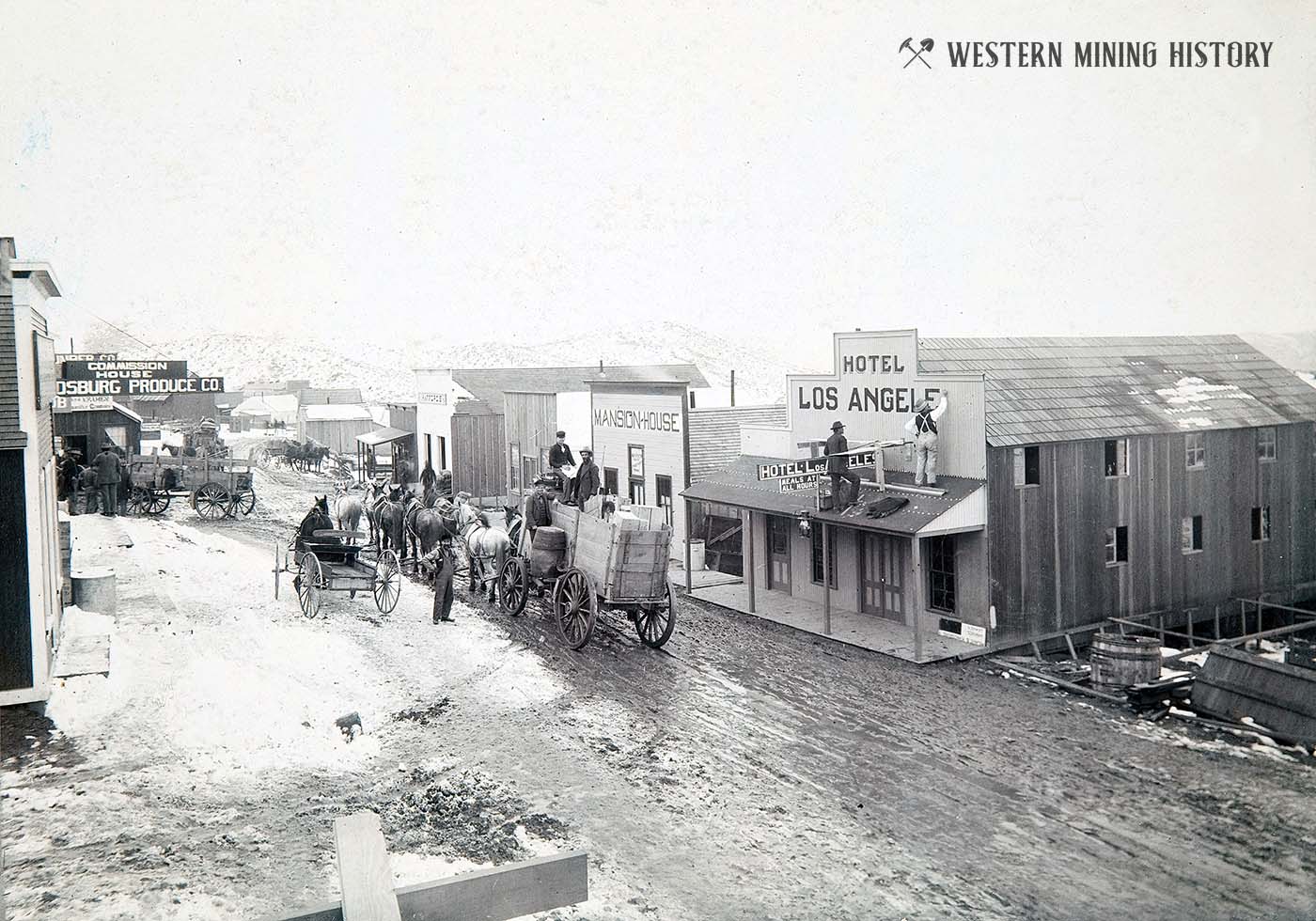
Development of the district was slow during the first year and by the end of 1895 Randsburg had just thirteen buildings–some of them canvas. By the summer of 1896 so many promising claims had been filed that news got out of the riches at Randsburg and the real rush began. A post office established 1896.
By January of 1897 the town had a population of around 2,000 and over 300 buildings. Businesses included four general stores, four lumber yards, four meat markets, and ten saloons. Numerous lodging houses, many of them merley tents, housed the town's many new arrivals. A basic room went for 50 cents, while more refined accommodations could cost as much as a dollar. Water, the district's scarcest resource, sold for 4 cents per gallon, and a bath cost 50 cents (around $20 today).
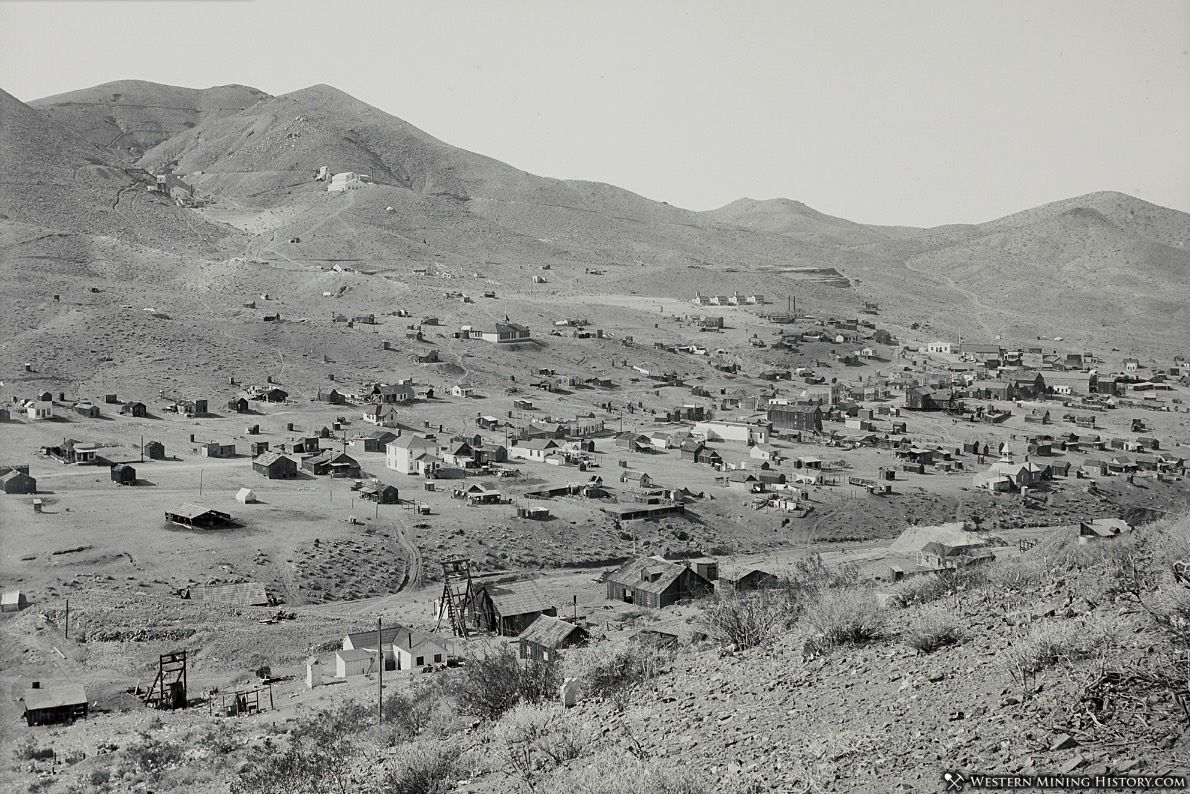
Some of the important mines of the district were the Big Norse, King Solomon, Monkey Wrench, Minnehaha, Bully Boy, Napolean, Gold Coin, and of course the famous Yellow Aster.
A railroad was completed to Johannesburg (about two miles from Randsburg) in December of 1897. The mines increased production, more people flooded into the town, and by 1899 the population was over 3,500. On January 19, 1898, a devastating fire swept through the town, destroying half of it. Just a few months later, in May, another blaze consumed many of the newly rebuilt structures.
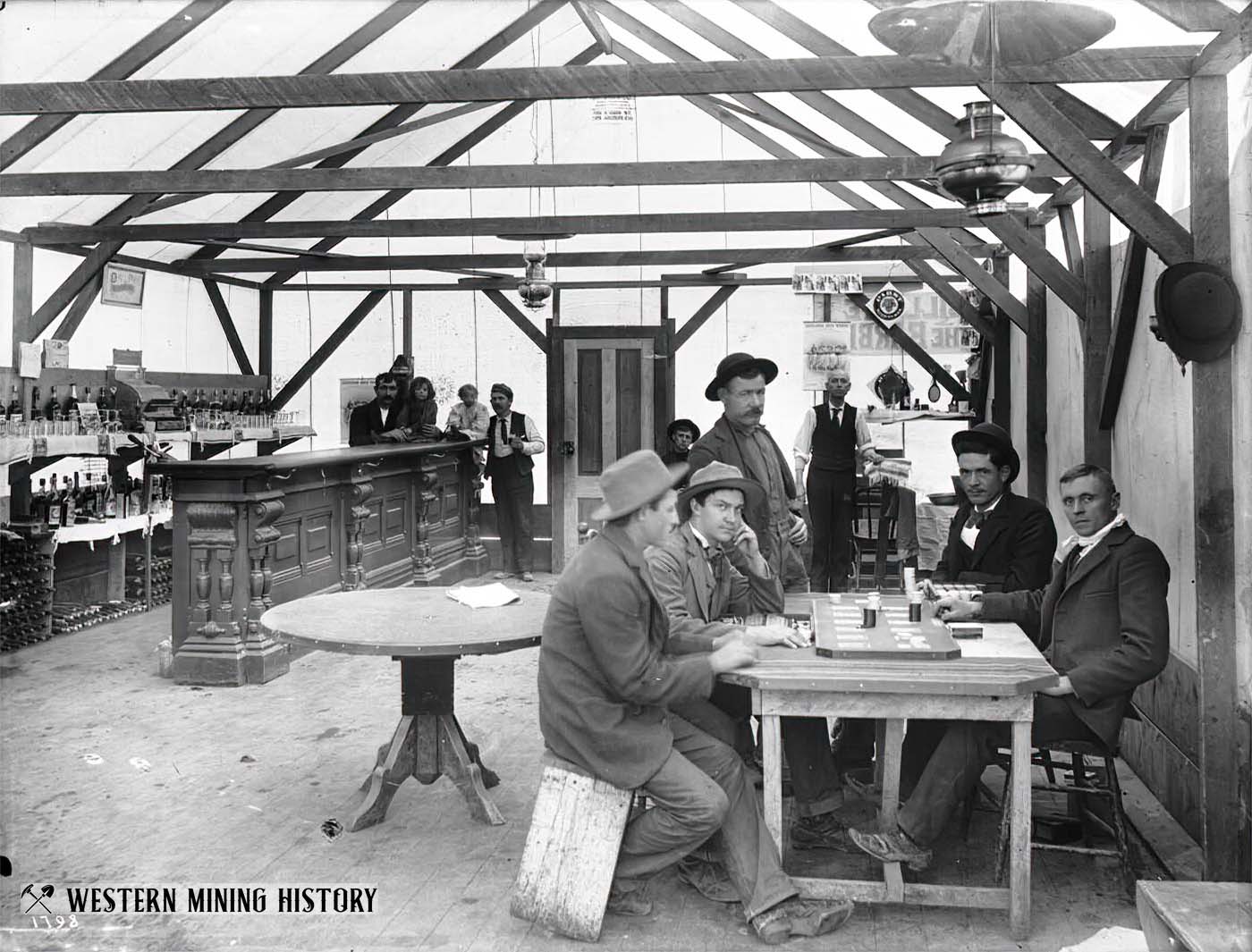
As the decades passed the gold mines of the Rand district faded, but discoveries of tungsten at Atolia and silver at Red Mountain kept the towns of the distrct alive. The 1930's saw a resurgence of gold mining activity during the depression years. A March, 1933 edition of the Calexico Chronicle describes this latest "Gold Rush" to Randsburg:
California's greatest “gold rush,” is not so exciting nor so romantic as the days of '49, nevertheless has come out of the depression and is centered in the Randsburg district, about 125 miles northeast of Los Angeles.
The Rev. John Ovall, "sky pilot” pastor of the Methodist Episcopal church here, whose parish contains more than 24,000 square miles, says more persons are engaged in gold mining pursuits today than ever before in the state’s history.
In the five years Dr. Ovall has been stationed in Randsburg he has seen the district emerge from the status of a “ghost town” and return to the industry that caused it to flourish half a century ago. Business men, attorneys, physicians — men from all walks of life, are scratching the streams for a livelihood by panning gold.
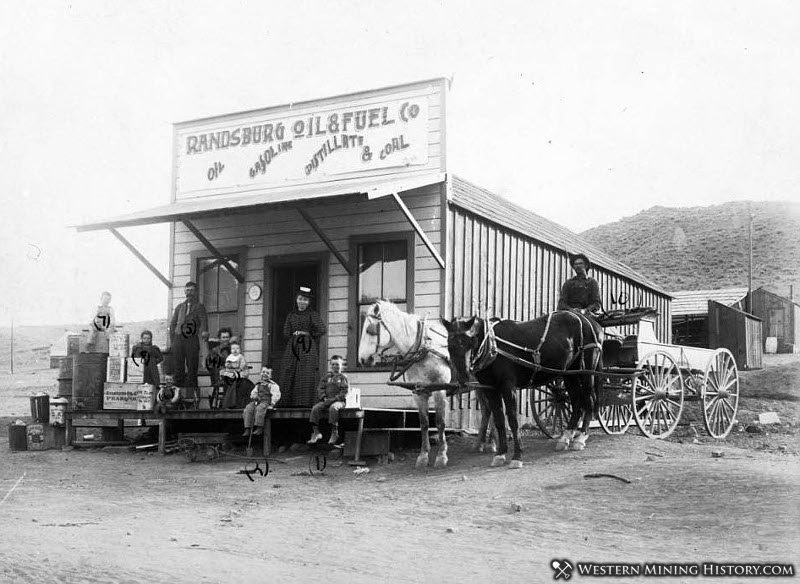
"Water is scarce here and sells for one cent a gallon,” says Dr. Ovall. “This makes mining expensive, but mining goes on just the same. Many of the communities’ names came from the chief occupation. The Yellowmaster (Yellow Aster) mine and the King Solomon, where 50 men now are working, have produced millions of dollars in gold. From the Kelly mine alone, 25 millions of dollars have been taken in silver in the last decade.
World War II marked the end of large-scale mining in the area, but the town was never abandoned. Today Randsburg is a popular tourist destination with many mining era buildings still standing.
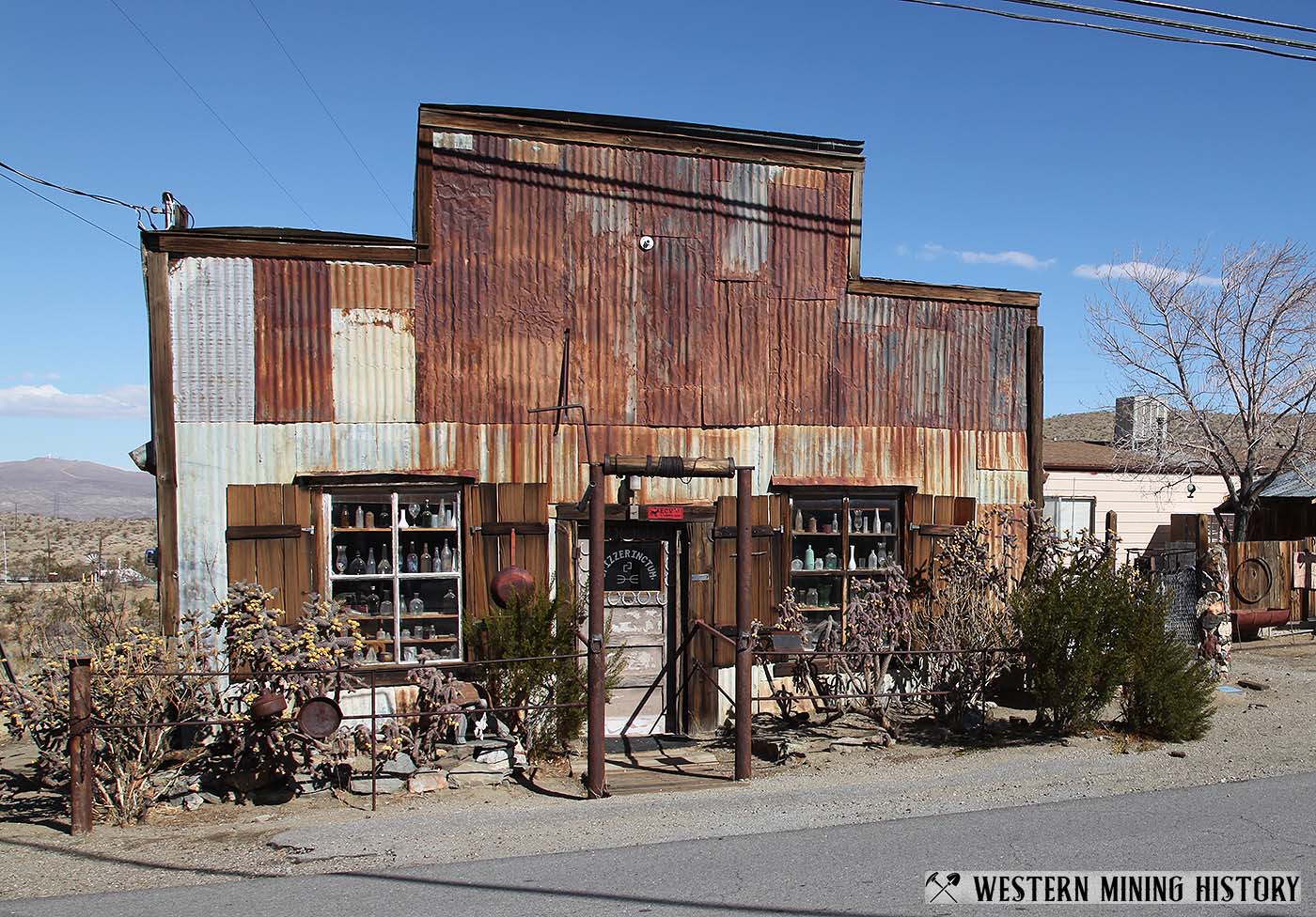
Randsburg Historical Marker
The following text is from a sign in town:
Gold was discovered on the slope of Rand Mountain in 1895. From this discovery, the town of Randsburg sprang up almost overnight. By 1899, the town had over 3,500 residents. Randsburg boasted a 100-stamp mill and conservative estimates are that $60,000,000 in gold was taken out of the mines in the area during the town's boom years.
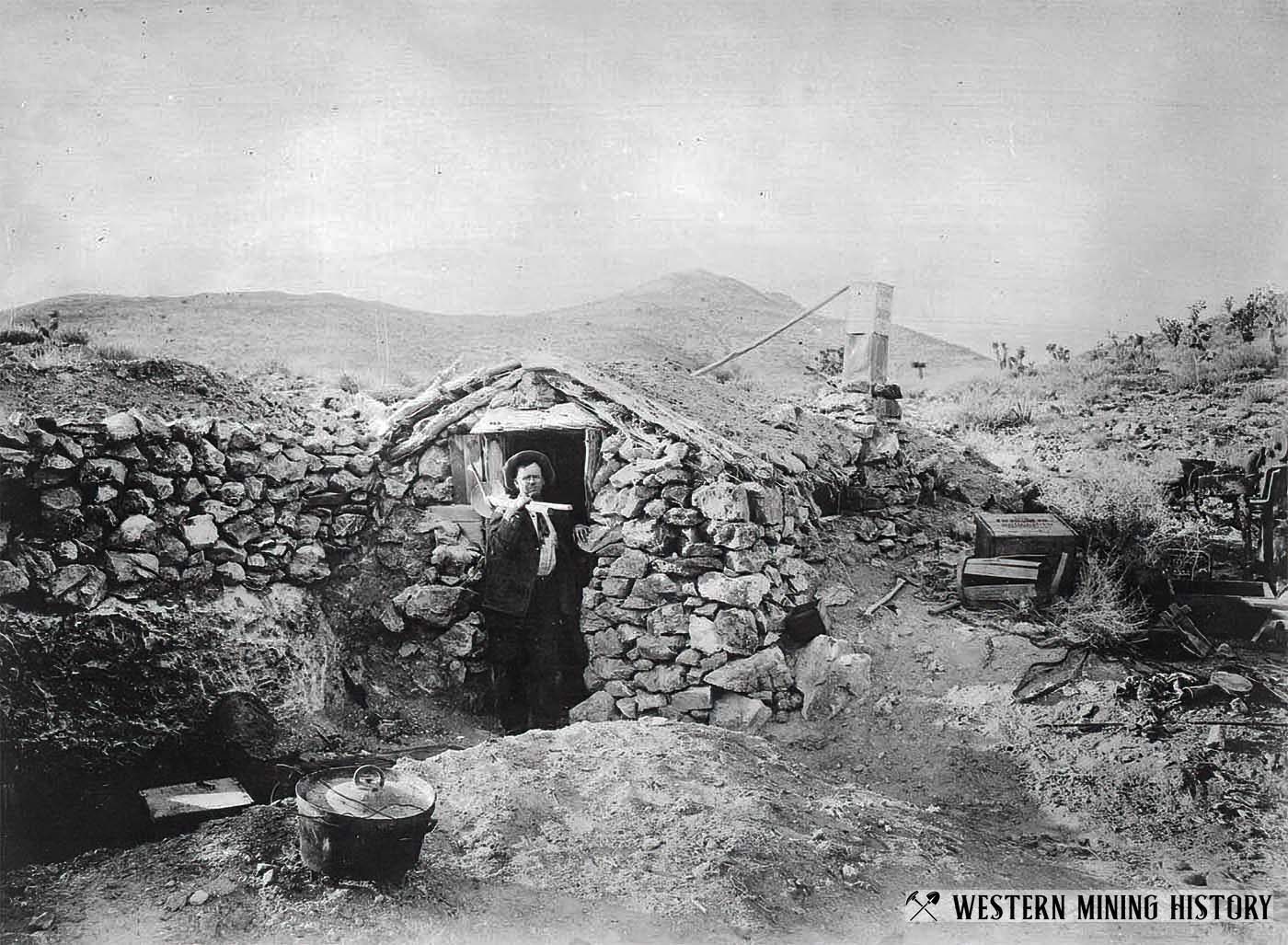
From 1895 till about 1933, the Yellow Aster mine produced almost $25,000,000 worth of gold at the old gold prices of about $20.00 per ounce. The jail and white house saloon were host to many a miner, cowboy, farmer, Indian, and clamper during the peak of the mining period.
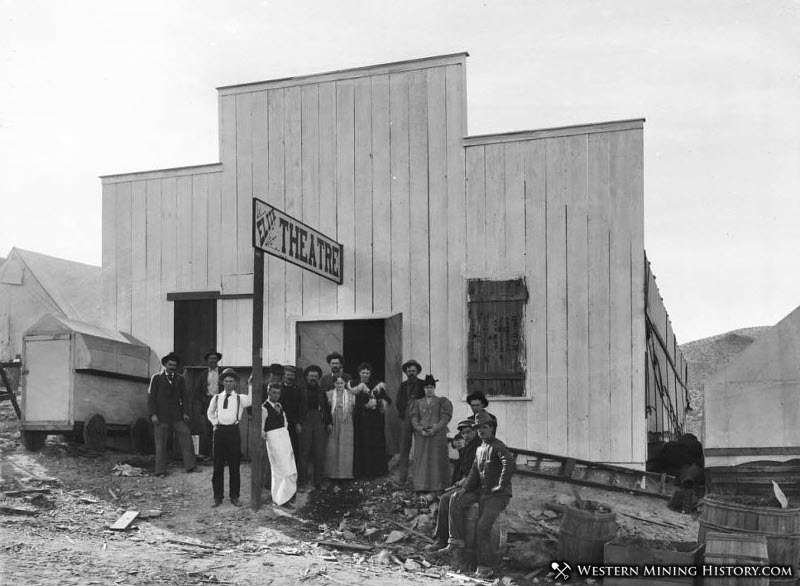
Randsburg, California: The C. W. Tucker Collection
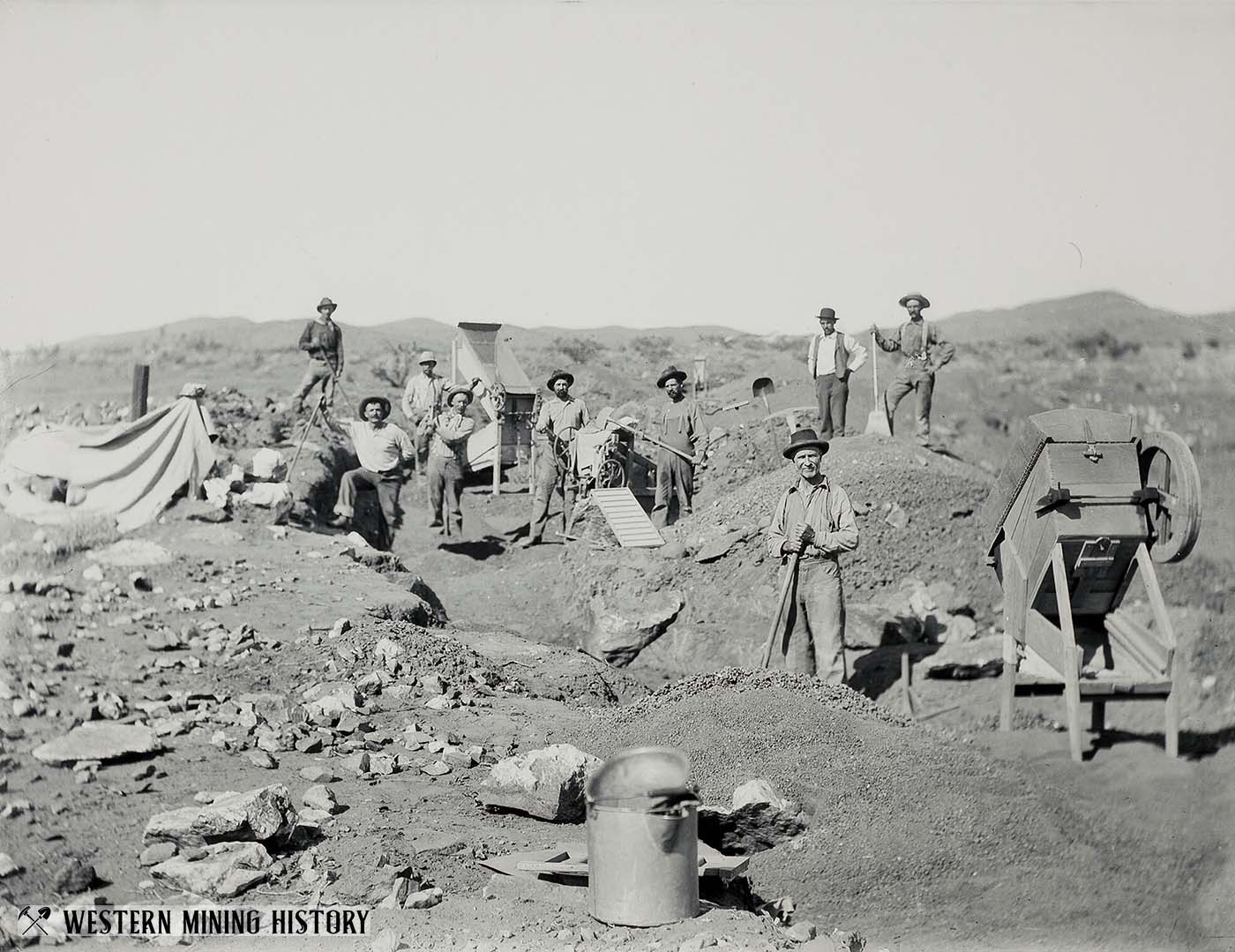
Randsburg, California, was the site of a gold rush that began in 1896. Resident photographer C. W. Tucker documented the town and its mines, but his work remained largely unknown until a collection of his photographs was auctioned in 2011. Continue reading... (members only content)
It All Started With The Gold Rush
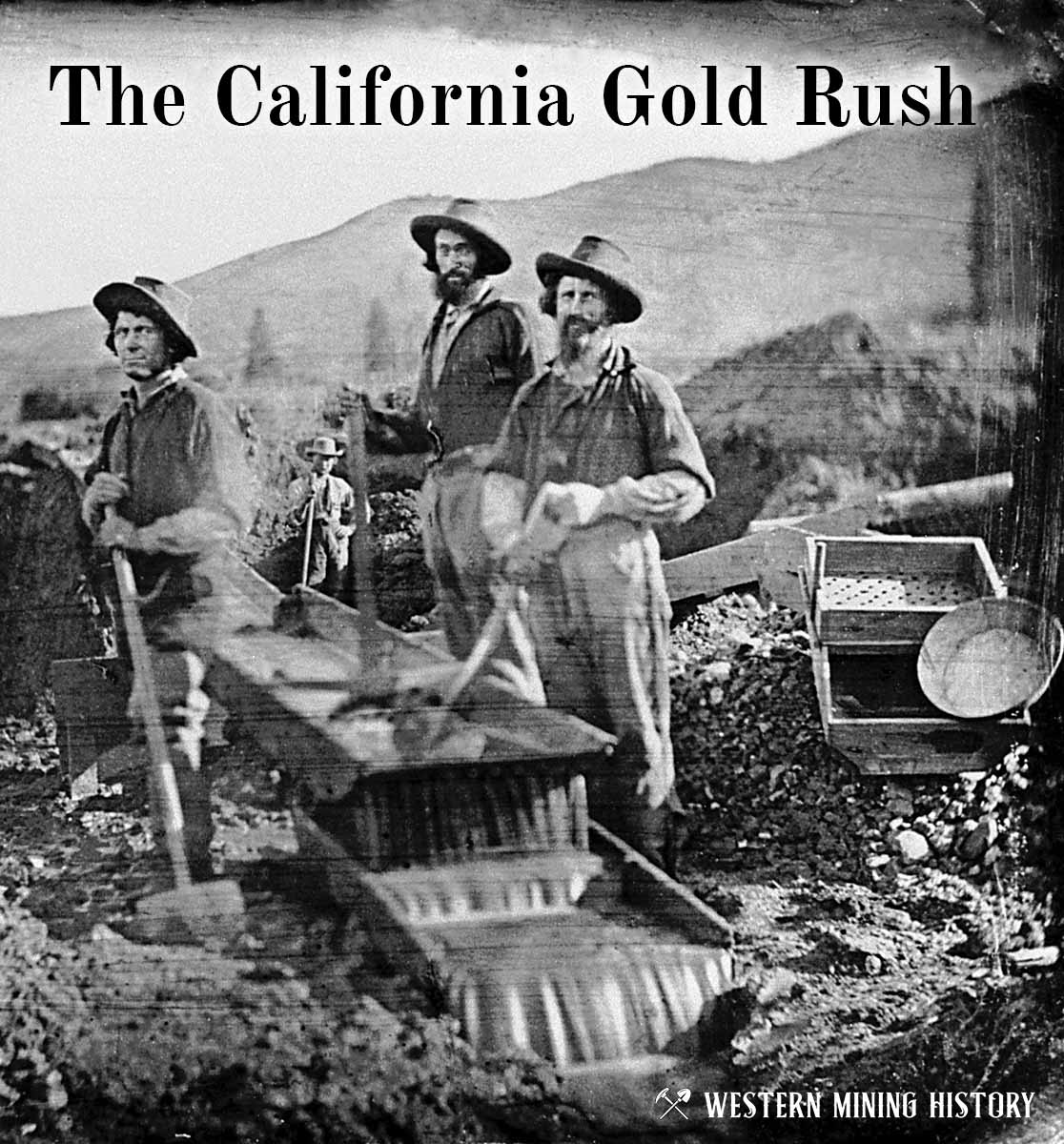
The great California Gold Rush kicked off the entire saga of western mining. Read about it at The California Gold Rush.
California Gold

"Where to Find Gold in California" looks at the density of modern placer mining claims along with historical gold mining locations and mining district descriptions to determine areas of high gold discovery potential in California. Read more: Where to Find Gold in California.
